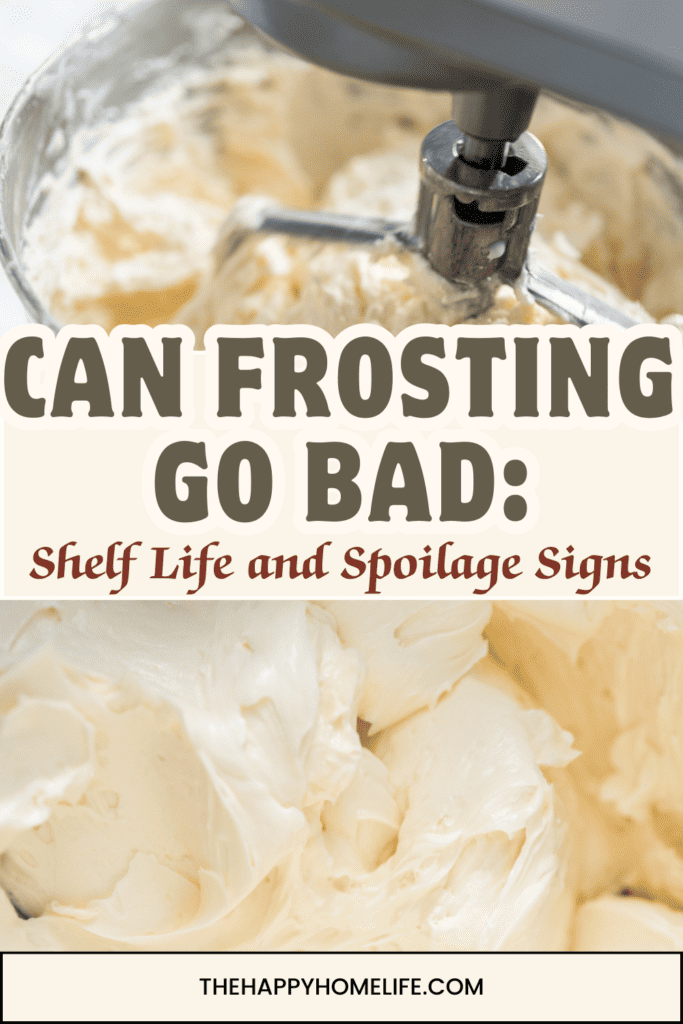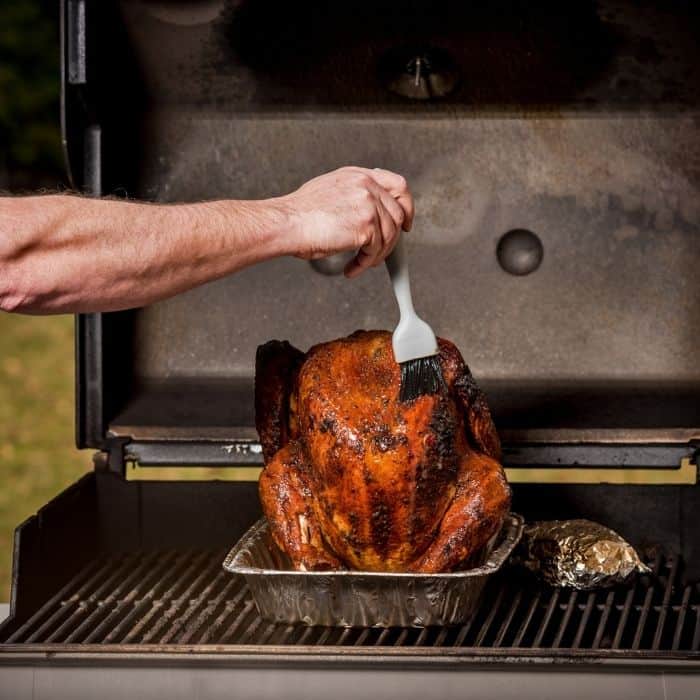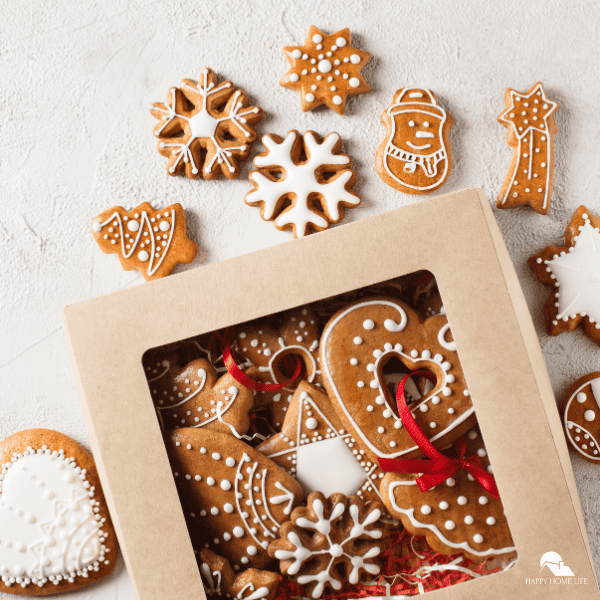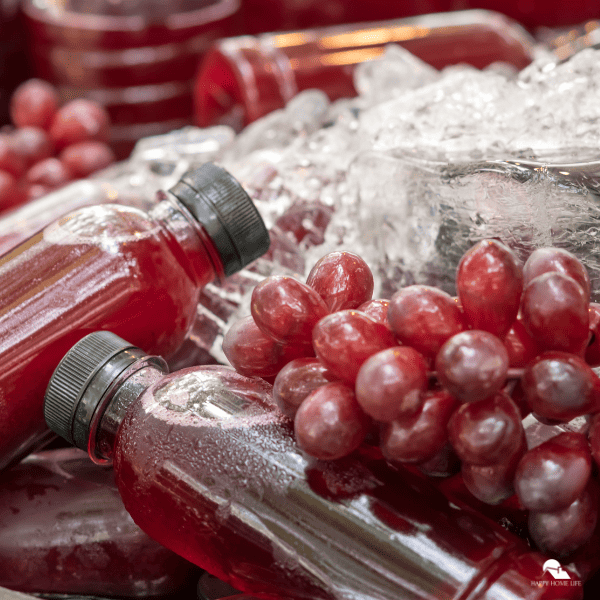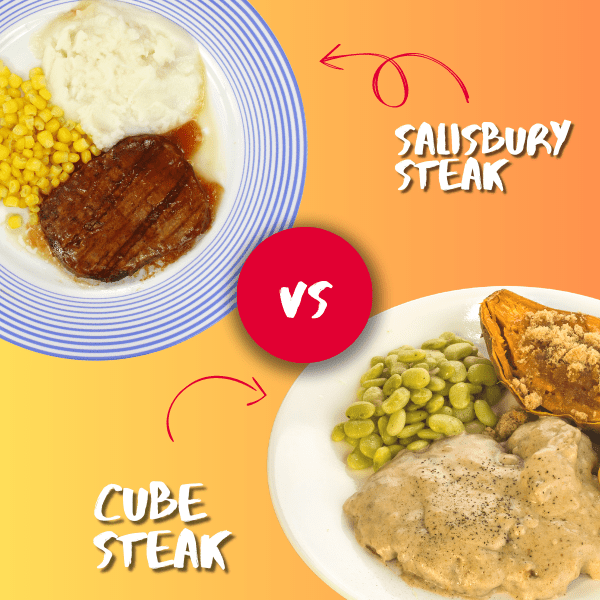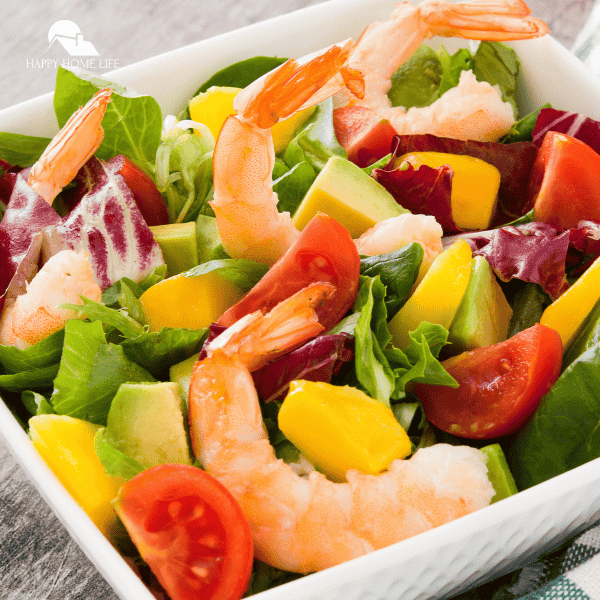Can frosting go bad? Let’s find out! Frosting, the sweet and often colorful layer that enhances the flavor and appearance of cakes and other baked goods, has a shelf life that may not be immediately obvious given its sugary composition.
Can Frosting Go Bad
When considering the edibility of this delicious topping, it’s vital to understand that, like many food products, frosting can indeed go bad. The shelf life of frosting depends on a variety of factors including the type of frosting, the ingredients used, and how it is stored.
Commercially produced frosting, which you might buy in a can from the grocery store, has a longer shelf life compared to homemade frosting due to the preservatives used. Typically, an unopened can of frosting can last for several months past the printed expiration date if stored properly in a cool, dry place. However, once opened, the clock starts ticking, and you must be mindful of its storage and usage to ensure its freshness.
If you have homemade frosting, or if an opened can of frosting has been sitting in your pantry or refrigerator, there are signs to look for to determine if it has gone bad. The quality and safety can be compromised by factors such as mold growth, an off smell, color changes, or changes in texture.
It’s important to trust your judgment and discard any frosting that doesn’t meet quality standards, ensuring your baked creations are not just delicious but also safe to consume.
You might enjoy these posts:
- Can I Eat Pesto Past The Expiration Date?
- How Long Can Sour Cream Sit Out? Tips for Safe Consumption
- Are Wrinkled Potatoes Safe to Eat?
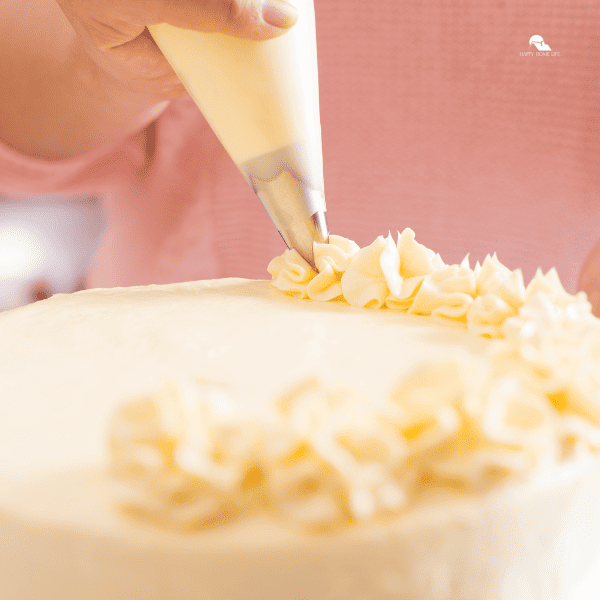
Understanding Frosting Shelf Life
When it comes to frosting, the shelf life can vary widely depending on a number of factors. It’s crucial to store frosting properly to maintain its best quality.
Factors Affecting Frosting Quality
Several elements have a significant impact on the quality and longevity of your frosting. Temperature fluctuations and exposure to air can cause frosting to degrade more quickly. Canned frosting is typically more resistant to these issues due to its airtight packaging, allowing it to last longer than homemade frosting. Meanwhile, the ingredients found in store-bought frosting, such as preservatives, can also extend its shelf life compared to those made from scratch.
Shelf Life of Different Types of Frosting
Frosting types vary in their shelf life:
- Canned Frosting: Unopened, it can last up to 3 years past the best before date. Once opened, use within a month for best quality.
- Homemade Frosting: Typically lasts up to a week when stored in the refrigerator.
- Store-Bought Frosting (not canned): Often remains safe to consume until the expiration date, but for best flavor and quality, use it within one week after opening.
Reading Expiration and Best Before Dates
It’s crucial to comprehend the terminology on frosting packaging:
- Best Before Date: Indicates when the frosting is likely at its peak quality.
- Expiration Date: Used to denote the final date the product should be considered safe to consume.
Always check these dates before using frosting to ensure it’s safe for your consumption and will impart the flavor and texture you expect for your desserts.
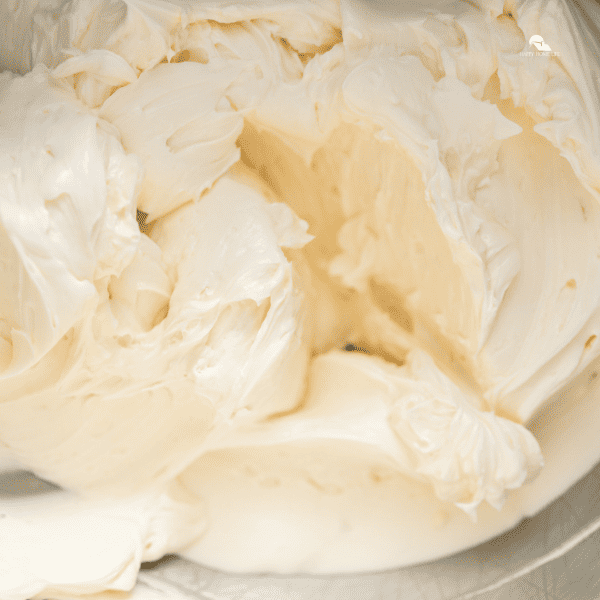
Proper Storage Techniques
To maintain the quality and longevity of canned frosting, understanding proper storage techniques is crucial. By optimizing conditions, you can enjoy your frosting at its best for longer periods.
Refrigeration vs. Pantry Storage
Your canned frosting generally retains its quality in the pantry prior to opening, given that the storage conditions are cool and dry. Aim for a steady temperature to prevent fluctuations that can alter the texture. Once opened, you should transfer the frosting to the refrigerator. Refrigeration keeps the frosting at a stable temperature, typically between 35°F and 40°F, which is ideal for maintaining texture and preventing spoilage.
Freezing for Extended Freshness
For long-term storage, freezing is an excellent option. To properly freeze canned frosting, ensure that it is placed in freezer bags or an airtight container to prevent freezer burn and flavor contamination. The texture may change slightly upon defrosting, but the freshness will be preserved. Record the date on the container before storing it. The freezer should be set to 0°F for optimal conditions.
Airtight Containers and Preservation
Whether in the fridge or pantry, keeping frosting in an airtight container is essential for preserving its quality. An airtight seal prevents exposure to air and moisture, which can degrade the frosting’s consistency and flavor. Moreover, it helps in warding off contaminants and odors from affecting the product. A clear reminder: always use clean utensils when handling frosting to maintain its freshness.
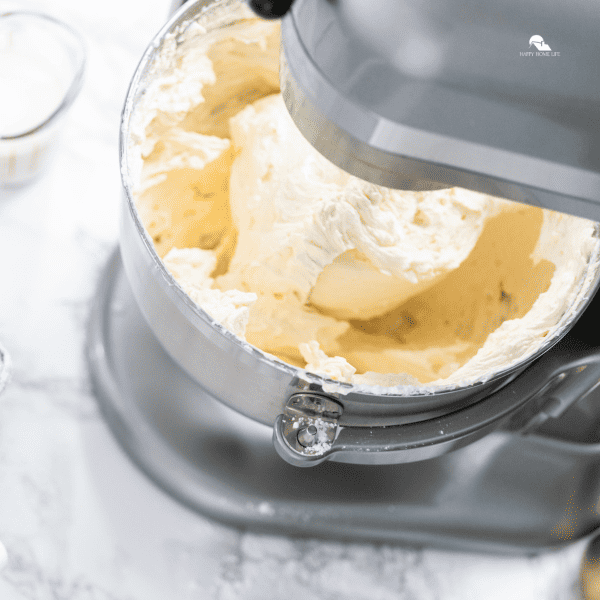
Identifying Signs of Spoilage
When assessing frosting for spoilage, it’s important to examine its appearance, smell, and taste. These factors can indicate whether the frosting has gone bad, helping ensure your safety.
Visual and Textural Changes
- Mold Growth: Look for any signs of mold, which usually appears as fuzzy or slimy spots that can be green, black, or white. Mold is a clear sign of spoilage.
- Color Changes: Notice any discoloration in the frosting. Changes from the original color suggest spoilage.
- Consistency: If the texture has become watery, lumpy, or has separated, the frosting may be unsafe to consume.
- Container Integrity: For store-bought frosting, check for bulging, leaking, rusting or severely dented cans or containers, which can indicate contamination.
How Smell and Taste Indicate Spoilage
- Off Odor: A sour or unpleasant odor is a telltale sign that your frosting has spoiled.
- Taste: Before tasting, ensure the frosting passes the visual and smell tests. If there’s any doubt, it’s safer to discard the frosting rather than risk tasting it.
Safety and Health Risks Associated with Spoiled Frosting
- Food Poisoning: Consuming spoiled frosting can lead to foodborne illness.
- Unsafe to Eat: If you detect moisture or any signs of spoilage, consider the frosting unsafe and dispose of it to avoid health risks.
Keep these specific signs of spoilage in mind to prevent the potential for illness and ensure that what you’re eating is safe and enjoyable.
